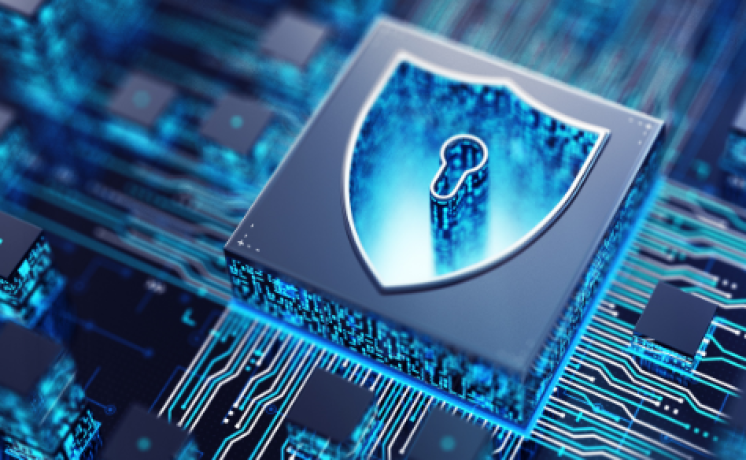Learn what penetration testing is and why it’s a critical component of a comprehensive cybersecurity strategy.
Penetration testing (pen testing) simulates a cyberattack on a system or network to identify and address vulnerabilities before malicious actors can exploit them. However, pen testing in a lab environment presents unique challenges that require careful planning and execution to avoid disrupting sensitive research and operations.
Understanding Penetration Testing in Life Sciences Labs
In life sciences companies, labs often contain specialized equipment and systems that are integral to ongoing research and development. The potential impact of a cyberattack on these systems can be significant and lead to data breaches, operational downtime, or compromised research and data integrity. In this context, pen testing requires a tailored approach that balances security with the operational realities of the lab.
Standard Penetration Testing
Using a variety of techniques to probe a network for weaknesses, standard penetration testing includes network scanning, attempting unauthorized access, and exploiting known vulnerabilities. In a lab environment, the chosen approach should minimize risks to ongoing operations. Consider these precautions:
- Test in a controlled environment. Replicate the lab network in a controlled environment to allow full-scale testing without disrupting lab operations.
- Define a limited scope. Focus on perimeter defenses, access controls, and external interfaces rather than direct interactions with internal lab devices. For example, focus on computer systems used to control testing and measuring devices and limit access to lab devices.
- Collaborate with lab personnel. Work with lab managers and IT staff to ensure that pen testing is scheduled during maintenance windows or at times when the impact on research will be minimal.
- Develop a monitoring and response plan. Understand what’s happening in your system or network and why it’s happening and have a way to maintain desired performance.
- Prioritize tests for high-risk lab systems. Work with IT and lab managers to identify instruments and computers that are vendor supported via remote connections. Isolate those systems and test them directly.
Passive Penetration Testing
In cases where standard penetration testing poses too much risk to lab operations, passive penetration testing provides a safer alternative. Its methods identify potential security weaknesses or misconfigurations without actively attempting to exploit them, which is ideal for environments where minimizing disruptions is a priority.
Common items detected with passive penetration testing include:
- Unencrypted data transmissions that could expose sensitive information.
- Insecure protocols like Telnet or FTP that should be replaced with secure alternatives.
- Unauthorized access points like rogue or unauthorized network devices that could pose a security threat.
- Outdated software that is vulnerable to known exploits.
- Excessive privileges that could be exploited if compromised.
- Network anomalies like unusual traffic patterns that could indicate the presence of malware or unauthorized access attempts.
Passive penetration testing is valuable, but it’s not a complete substitute for more active testing methods. While it is a safe way to discover common vulnerabilities and gain insights into network security, passive penetration testing is not sufficient to detect many cybersecurity vulnerabilities. Therefore, it’s imperative to consider the trade-off between cybersecurity and laboratory operations.
Planning and Implementing Penetration Testing
To improve your system or network’s security posture without disrupting critical research and operations, plan and implement a penetration test that considers the unique requirements of your lab environment.
And be sure to include a walk-through of the lab environment.
Pen testing isn’t just about packets and protocols. Because labs are often physically distant from the rest of the company, the perceived isolation may result in lax security protocols; for example, staying logged in to computer consoles, disabling screen locks, and writing passwords on sticky notes where anyone can see them.
When walking through a lab and looking for security missteps, findings should be recorded in a risk register and each finding should be rated by impact and severity. Routinely review the risk register with your audit committee.
Partner with Cybersecurity Experts
To emphasize the importance of protecting your lab environment, partner with experts who understand cybersecurity challenges in life sciences.
USDM tailors its penetration testing services to protect your lab’s sensitive data and ensure regulatory compliance. Whether you’re concerned about the exploitability of lab instruments or specific threats to your network, we have the expertise to provide thorough and risk-aware assessments.
Contact us today to learn how our penetration testing services will help secure your lab environment and support your overall cybersecurity goals.




